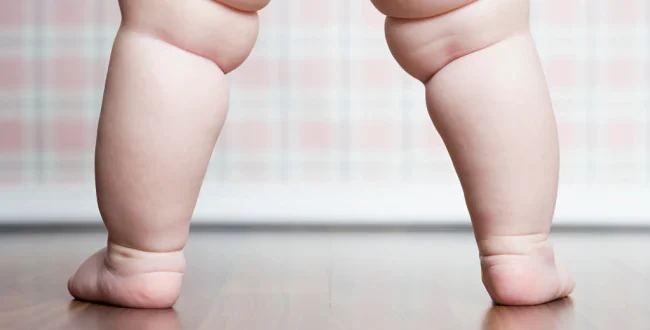The look of cankles, which is a phrase used to describe the appearance of thick or swollen ankles that blend into the calves without a discernible ankle joint, can be a source of annoyance for many people. Cankles may be caused by a number of different factors, including genetics, obesity, and diabetes. While cankles are not a medical condition, they can be a cosmetic concern that affects one’s self-esteem.
What Are Cankles?
Cankles, or thick ankles, occur when excess fat and fluid accumulate around the ankle joint, causing the ankle and calf to appear as one continuous mass. Unlike the more defined ankle joint seen in a normal ankle, cankles have a straight or sloping line from the calf down to the foot.
While cankles are more common in women, they can affect anyone regardless of age, gender, or body type. Cankles can also be a result of pregnancy or weight gain, and they can occur due to genetic factors, poor circulation, or a medical condition.
Causes of Cankles
- Genetics: Some people may be predisposed to cankles due to their genetics. They may have inherited a specific body type that tends to store excess fat around the ankles.
- Weight Gain: Gaining weight can cause excess fat to accumulate around the ankle joint, making the ankle and calf appear thicker.
- Pregnancy: During pregnancy, the body undergoes many changes, including hormonal fluctuations and weight gain. These changes can cause fluid retention, leading to the development of cankles.
- Poor Circulation: When blood flow to the lower extremities is compromised, it can cause fluid to accumulate in the ankles, leading to cankles.
- Medical Conditions: Certain medical conditions, such as heart, kidney, or liver disease, can cause fluid retention in the lower extremities, leading to cankles.
Health Implications of Cankles
While cankles are not a medical condition, they can be a symptom of an underlying health issue. If you experience persistent swelling or pain in your ankles, it’s important to see a doctor to rule out any underlying health problems.
Here are some health implications of cankles:
- Poor Circulation: Cankles can be a sign of poor circulation in the legs. Poor circulation can cause blood clots, varicose veins, and other serious health conditions.
- Lymphedema: Cankles can be a symptom of lymphedema, a condition that occurs when the lymphatic system is damaged or not functioning properly. This can lead to fluid retention and swelling in the legs, including the ankles.
- Heart Disease: Cankles can be a symptom of heart disease, which can cause fluid retention in the legs.
- Kidney Or Liver Disease: Cankles can also be a symptom of kidney or liver disease, which can cause fluid retention in the legs.
Self-Esteem Implications of Cankles
Cankles can be a source of embarrassment and low self-esteem for some people. The appearance of thick or swollen ankles can make people feel self-conscious about wearing shorts, skirts, or dresses. In severe cases, cankles may also cause people to avoid social situations or physical activities that require them to expose their legs.
Here are some self-esteem implications of cankles:
- Negative Body Image: Cankles can cause people to develop a negative body image, leading to poor self-esteem and low confidence.
- Social Isolation: In severe cases, cankles may cause people to avoid social situations, which can lead to social isolation and loneliness.
- Avoidance Of Physical Activities: People with cankles may avoid physical activities that require them to expose their legs, such as swimming or going to the beach.
- Depression And Anxiety: The negative impact on self-esteem and body image can lead to depression and anxiety, affecting one’s mental health.
Treatment for Cankles
Fortunately, there are several treatment options available for cankles. These include:
- Exercise: Regular exercise can help lessen the appearance of cankles and tone the muscles in the legs, both of which can contribute to a more toned appearance. Exercise can also improve circulation, which can reduce fluid retention.
- Diet: A healthy diet can help to reduce excess fat and fluid in the body, which can help to reduce the appearance of cankles. Reducing salt intake can also help to reduce fluid retention.
- Compression Stockings: Wearing compression stockings can help to improve circulation and reduce fluid retention in the legs.
- Liposuction: In severe cases, liposuction may be recommended to remove excess fat from the ankles and calves.
- Lymphatic Drainage Massage: Lymphatic drainage massage can help to improve lymphatic circulation and reduce fluid retention in the legs.
 Isaiminia World Breaking News & Top Stories
Isaiminia World Breaking News & Top Stories




